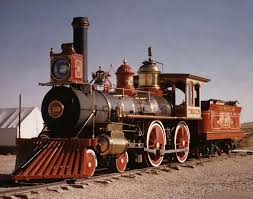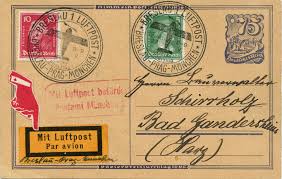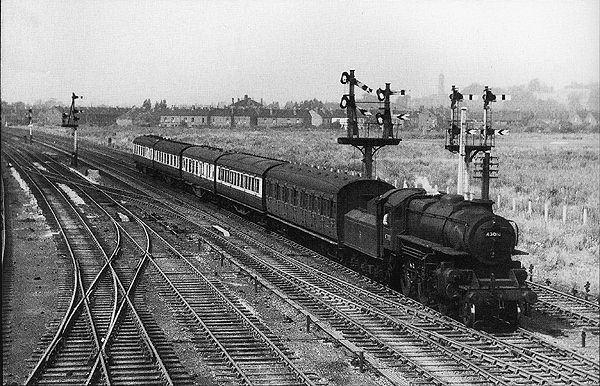Mini Sheet: Hindoostan (paddle-steamer) and Iberia (liner) (Bhutan 1974)
Hindoostan (paddle-steamer) and Iberia (liner) (Bhutan 1974)
30 October (Bhutan ) within release U.P.U. (Universal Postal Union), Centenary goes into circulation Mini Sheet Hindoostan (paddle-steamer) and Iberia (liner) face value 5*1.40 Bhutanese ngultrum
| Mini Sheet Hindoostan (paddle-steamer) and Iberia (liner) in catalogues | |
|---|---|
| Michel: | Mi: BT 598AKB |
Mini Sheet is square format.
Also in the issue U.P.U. (Universal Postal Union), Centenary:
- Mini Sheet - Hindoostan (paddle-steamer) and Iberia (liner) face value 5*3;
- Mini Sheet - Hindoostan (paddle-steamer) and Iberia (liner) face value 5*25;
- Mini Sheet - Hindoostan (paddle-steamer) and Iberia (liner) face value 5*1;
- Mini Sheet - Hindoostan (paddle-steamer) and Iberia (liner) face value 5*1.40;
- Mini Sheet - Mailman on Horseback face value 5*1;
- Mini Sheet - Steam locomotive & High speed train face value 5*2;
- Souvenir Sheet - Centenary of the Universal Postal Union face value 10;
Mini Sheet Hindoostan (paddle-steamer) and Iberia (liner) it reflects the thematic directions:
An anniversary is the date on which an event took place or an institution was founded in a previous year, and may also refer to the commemoration or celebration of that event. For example, the first event is the initial occurrence or, if planned, the inaugural of the event. One year later would be the first anniversary of that event. The word was first used for Catholic feasts to commemorate saints. Most countries celebrate national anniversaries, typically called national days. These could be the date of independence of the nation or the adoption of a new constitution or form of government. The important dates in a sitting monarch's reign may also be commemorated, an event often referred to as a "Jubilee".
A locomotive is a rail transport vehicle that provides the motive power for a train. If a locomotive is capable of carrying a payload, it is usually rather referred to as a multiple unit, motor coach, railcar or power car; the use of these self-propelled vehicles is increasingly common for passenger trains, but rare for freight trains.
Postal history is the study of postal systems and how they operate and, or, the study of the use of postage stamps and covers and associated postal artifacts illustrating historical episodes in the development of postal systems. The term is attributed to Robson Lowe, a professional philatelist, stamp dealer and stamp auctioneer, who made the first organised study of the subject in the 1930s and described philatelists as "students of science", but postal historians as "students of humanity". More precisely, philatelists describe postal history as the study of rates, routes, markings, and means (of transport).
The mail or post is a system for physically transporting documents and other small packages; or, the postcards, letters, and parcels themselves. A postal service can be private or public, though many governments place restrictions on private systems. Since the mid-19th century national postal systems have generally been established as government monopolies with a fee on the article prepaid. Proof of payment is often in the form of adhesive postage stamps, but postage meters are also used for bulk mailing. Modern private postal systems are typically distinguished from national postal agencies by the names "courier" or "delivery service". Postal authorities often have functions other than transporting letters. In some countries, a postal, telegraph and telephone (PTT) service oversees the postal system, in addition to telephone and telegraph systems. Some countries' postal systems allow for savings accounts and handle applications for passports.
Railways - Transportation system made up of metal rails which is designed to allow trains to maneuver on the tracks from one location to the next.






